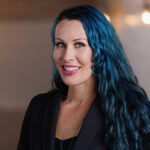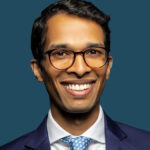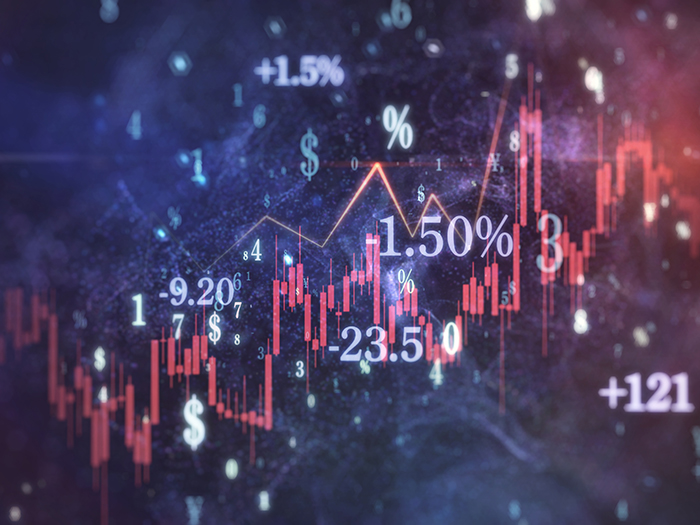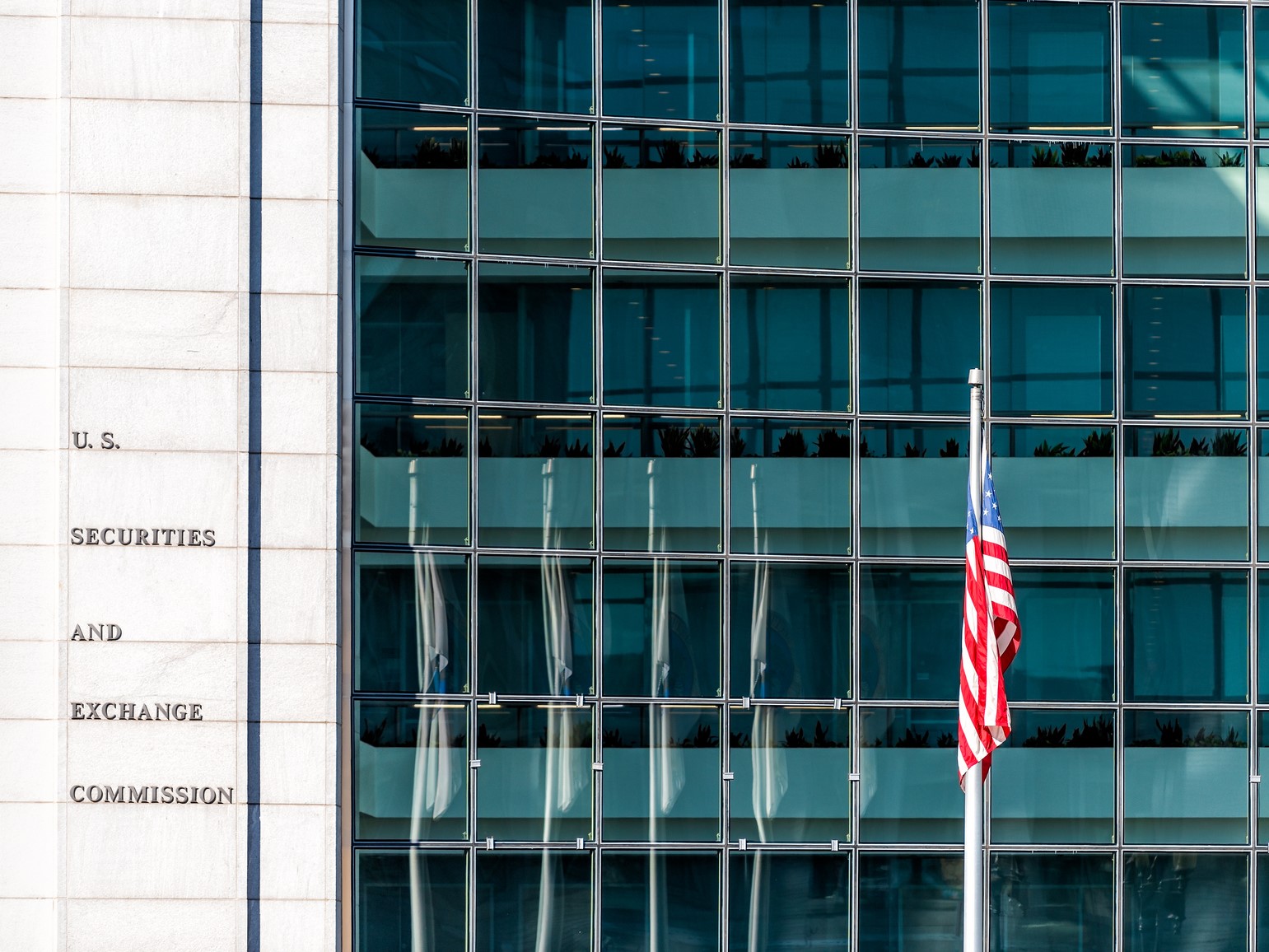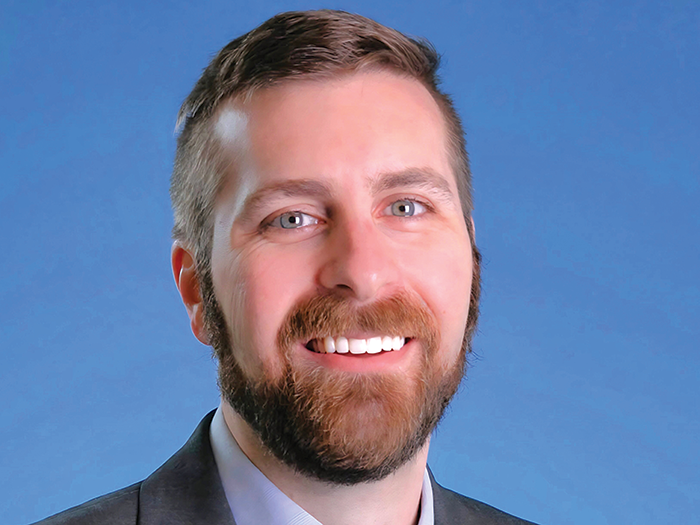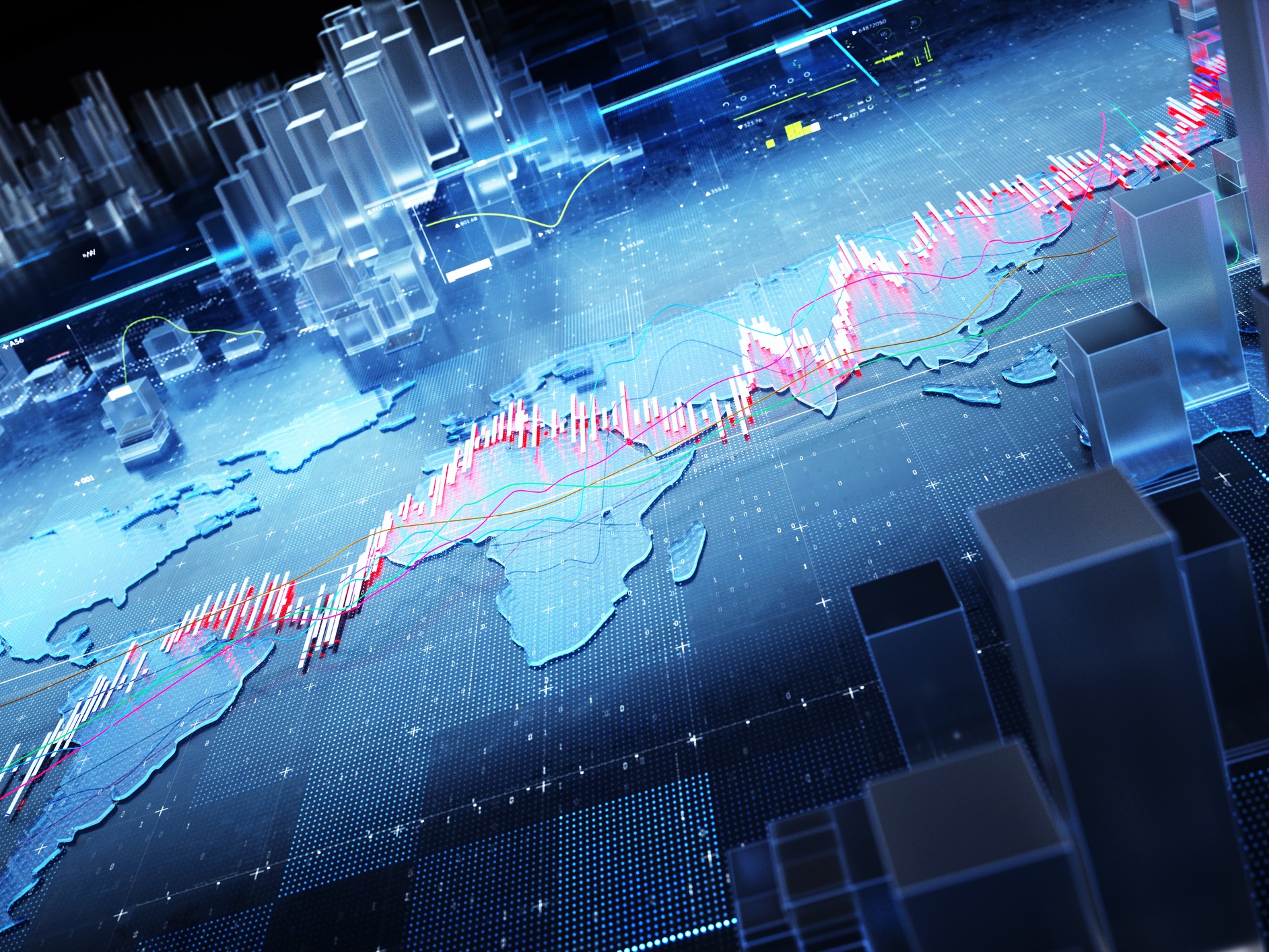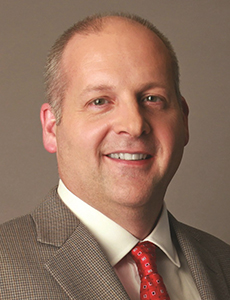9 Questions for The Hartford’s Shailesh Kumar
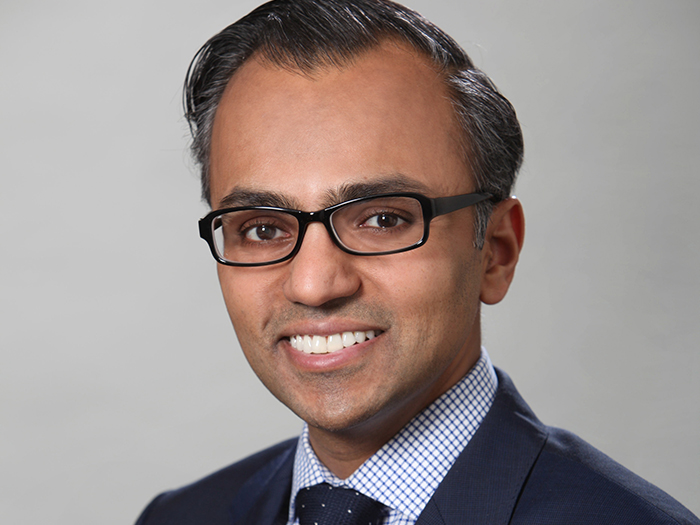
Dan Reynolds, the editor in chief of Risk & Insurance, recently spoke to Shailesh Kumar, head of The Hartford’s Global Insights Center, a research hub offering analysis on macroeconomics, geopolitics, and sectoral risks. What follows is a transcript of that discussion, edited for length and clarity.
Risk & Insurance: Thanks for meeting with us Shailesh. As you regard AI, do you see it having a positive impact on our lives and our economy in the long run?
Shailesh Kumar: When you look back to two hundred fifty years plus, even longer if you want to, we’ve been looking at it from a two hundred fifty year-basis in terms of what the introduction of technology does to economic productivity. And historically, we find that whenever there’s an infusion of technology at various nodes of history, we do see a very clear uptick in productivity and thereby economic outcomes.
Now, obviously, there is a component where people have concerns about the introduction of new technologies, what that may mean, and there’s always going to be pros and cons to every evolution that takes place. But when we look at it purely through the lens of what does artificial intelligence or any other advent of technology mean for economic outcomes, we do find that there’s a net positive impact to it.
R&I: Okay. I appreciate that. On the risk side, though, short to mid-term, what do you see possibly occurring with AI?
SK: For me, the potential risks stem from uncertainty of the use cases of the technology and worries about what it may mean. So I won’t go too far into that because that’s really varies by person, by industry, their views on technology, their views on outcomes of issues. We can think about other more recent test cases where technologies have been introduced and people find pros and cons of it. So I think the uncertainty factor may be one potential risk, how they may use it, how it may affect them, concerns about how it may affect them. But going back to my point, I still see the broader positivity in what it will offer.
R&I: In the area of geopolitical risk, can you give us a snapshot of the insurance market for that kind of coverage?
SK: The most obvious way of covering geopolitical risk is through the credit and political insurance lines. We offer those at The Hartford. There are derivations of those lines that come out as well, specifically within trade credit and political risk.
But inevitably, geopolitics touches on, in my opinion, everything. So while there is a dedicated, very proximate line of coverage that addresses it, when I think about geopolitics, I think about what’s happening with global trade, that’s a marine coverage ultimately. I think about what’s happening with non-state actors, and so there’s different derivations of coverage that we can go through that.
I think about what that means from a macroeconomic standpoint, and we can find correlations to what that may mean for D&O lines or overall financial lines. I then think about what that means to the cost of goods or industries of growth so we can take that back to property coverage in the U.S. We’re looking at construction or the demand for construction or where the demand for construction will go. So this term geopolitics to most people is a very macro oriented word, and I think we think about it as a kind of a distant conversation.
When we’re pushed to ask, then we’ll give answers like, well, of course, credit and political risk is the most obvious place of coverage. But geopolitics is directly or indirectly affecting all of us. And so you will be able to find a line of coverage that will be affected by it.
R&I: Perhaps now more than ever in our recent memory at least.
SK: I think so. With that said, I’ve always been the believer that geopolitics as a word may be relatively new, but as a concept has been around for 5,000 years and we have always been affected by it. It’s always been there lingering, it’s just we have words for it now. We think about it differently, and it’s more in our face in some ways. So we’re more attuned to it. It’s always been there.
R&I: Great point. When you think about your clients and their needs, and, of course, there’s so much going on, but if you can consider chief pain points or where you see exposures or the help that’s needed from a carrier, what do you see?
SK: So I’ll answer this specifically to the team I run, the Global Insights Center and why we set it up. We’re perhaps the only firm that offers it, which is an economic and geopolitical research, forecasting advisory, hub, think tank, consulting entity, thought leader. I say all those words because we really do hit on all those because the needs vary for everybody we talk to.
What that means is we think about what’s happening in the global economy, we think about what’s happening in geopolitics and how the two are interplaying. We then take it to the level of “What does this mean for the U.S. economy at a macro level. What does this mean for different facets of the U.S. economy, be it cost of labor, cost of goods? What does it mean for sectors? Which sectors are growing? What does that mean for coverage demand across the board?”
Not only am I working with underwriters, but from a client perspective, we’re working with our brokers, we’re working with our policyholders, the end users of the of the coverage, talking to them about what our views are.
If we can help them mitigate risk, then that’s a huge win for us. If we can help them understand what’s happening and why events halfway around the world could eventually be of impact to them and it informs them about how to take on different forms of coverage or think about how they can mitigate their exposure differently or just plan differently for the future, then that’s what we’re here for.
R&I: When you think about what your team is doing, what are you proudest of in terms of what you’re bringing to the table?
SK: Innovating and providing a product. And when I say product, I don’t mean a coverage, but in terms of a service added to the industry that in my opinion did not exist before. We’re very proud of the fact that we introduced a concept to the industry and have completely pivoted and changed how people think about economics and geopolitics in their day to day risk management.
R&I: Is there anything else about what you’re doing that I didn’t ask you about that you feel would be important to get across to our readers?
SK: I think to your point earlier, your question earlier about geopolitical risk being of particular importance today, it’s true, obviously. But it’s constantly shifting, and that’s what makes it challenging. That’s perhaps why people think that the challenges today are more than they ever have been, but they’ve always been there. There’s always something new to think about is what we are really good at doing on our team.
To give you some examples of what we’re tracking right now, on the geopolitical side, we are looking at interstate relations, what different countries are doing with one another, what does that mean for the world order? And one of the themes we talk a lot about is the fractured world order. This was something that the world was headed for, but then we overlay it with new developments. So for example, the way trade policy is playing out today, we think may accelerate some of the of the of the breakdown or the of the stretching of the world order.
We spend a lot of time thinking about what this means for the cost of goods. We then translate that internally and externally for what does that mean for businesses and how should they think about that. We look at what’s going to happen with the availability of labor. What’s going to happen to the cost of labor, which is obviously a huge driver of cost, from a coverage standpoint. We think about different sectors, which, based on demographic shifts, based upon the agent profile of America, what does that mean from an opportunity standpoint or a contraction standpoint of sector risk?
So we’re trying to hit on as many different areas as possible.
R&I: What advice would you give to a younger person or a newer professional in this sector about how to make the most of it, either within your area of expertise or across the board?
SK: I think having a very healthy appreciation for the world around you is critical. That means taking yourself out of your immediate comfort zone and appreciating what’s happening in the world, how others may be reacting to what they perceive as happening in the world, and taking a little bit more of an agnostic view of the state of economics, and not personalizing it, but just thinking holistically about what is actually happening in the world.
Using that lens that’s not biased will make you a very good practitioner of understanding risk, so you’re not influenced by your own personal experiences or your personal views on issues. So omit that and just take a broad-based approach to what’s happening and then start applying that to what’s taking place within risk landscape here in the U.S.
R&I: Would you make a broader comment about careers in the industry?
SK: I think having a varied experience is immensely valuable. Trying different things in your career, I definitely have, but the vignette has always been similar for me. Underlying everything I’ve done in my career, including before my career, when I was in college and even before that, has always been grounded in my personal love of geopolitics, economics, foreign policy, global affairs, current events, history. These are, in my opinion, very similar words. They’ve just been interchanged and used differently at different points of time. We don’t talk about current events; we don’t use that word anymore, but that’s what geopolitics is. I’ve always liked it.
I’ve always followed it. It’s always been a passion of mine. I’ve just been able to express it through different channels. I’ve had a varied career, and I think having a varied career is pretty healthy. That and bringing different perspectives. &



